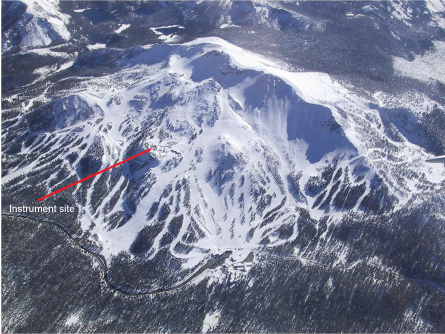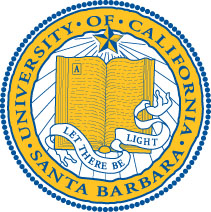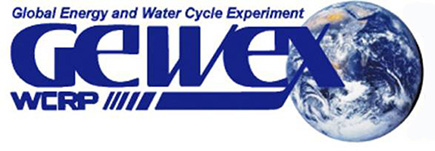Meeting Venue: Village Lodge

With new conference facilities available at the Village Lodge, this venue will provide updated meeting space and guest rooms in the same building.
For guest rooms, the federal rate of $114 (taxes applicable)is available from Saturday 4 May until Thursday 9 May 2013 (check out Friday) to minimize airfares. Deadline for booking a guest room is Saturday, 6 April 2013. Group check-in time is after 4:00 PM. Group checkout time is 11:00 AM. If your key is not turned in by 11:30 a.m., you will be charged for an additional half-day room rental. Based upon availability, the Village Lodge provides complimentary transfers to and from Mammoth Airport as well as in complimentary in-town shuttle service.
To use the online booking system for our guest room block, please use the following information:
Group ID: 16661
Password: 37021513
Group Contact Password: snow
To book your guest room via phone, please call 1-800-MAMMOTH (or 1-800-626-6684) and reference the group name IWSSM-University of Wisconsin-Madison Space Science & Engineering Center.
Visit to Observation Site
On Wednesday afternoon, there will be an opportunity to visit the Mammoth Mountain instrument site.
At 3029 m on Mammoth Mountain, UC Santa Barbara and the US Army CRREL jointly operate an instrumented site where a variety of snow properties are measured. The Mammoth Mountain Ski Area provides considerable logistical support – electric power, an Internet connection, lift access, help with repairs, and maintaining a roped off area to close the site to the skiing and snowboarding public. Measurements include the standard micrometeorological data – downwelling and reflected solar radiation, longwave radiation, snow, soil and air temperatures, humidity, snow depth, and wind speed and direction. A snow pillow keeps track of snow water equivalent, and during snowmelt eight lysimeters measure the liquid water draining from the snowpack. A webcam images each instrument hourly, and also takes a few pictures of the surrounding terrain. Current experimental instruments include a multi-angle snowflake camera (fabricated at the University of Utah) to photograph falling snowflakes, and a terrestrial scanning lidar system (from US Army CRREL) to map the site area at very high space and height resolution and also to measure lidar reflectivity from falling snow.
Data are available to anyone, with neither a username nor a password needed, from
http://www.snow.ucsb.edu/cues/
(which also provides a link to the Mammoth Ski Patrol measurements, at a lower elevation on the mountain). Data since the mid-1990s are available, and data rescue from earlier times is underway. We have frequently cooperated with scientists from other institutions who otherwise would lack access to a suitable site to make automated or manual measurements. Collaborative projects have included pit observations of black carbon’s movement through the snowpack, distributed temperature sensing to examine spatial variability of snow temperatures, geophysical measurements of land displacement, and brown carbon in the air. Questions about the site or inquiries about collaborative projects should be directed to Jeff Dozier.
Airborne Experiment
The two most criticalproperties for understanding snowmelt runoff and timing are the spatial andtemporal distributions of snow water equivalent (SWE) and snow albedo. JPL has created the Airborne Snow Observatory (ASO), an imaging spectrometer and scanning LiDAR system, to quantify SWE and snowalbedo, generate unprecedented knowledge of snow properties, and provide complete, robust inputs to water management models and systems of the future. > ASO will be evaluated during a multi-year Demonstration Mission of weekly acquisitions in each of the Uncompahgre River Basin (Upper Colorado) and the Tuolumne River Basin (Sierra Nevada) beginning in spring 2013, anchored by snow-free acquisitions in summer 2012. Against the baseline snow-free LiDAR measurements, co-registered weekly maps of snow water equivalent and snow albedo will be made available to partner water managers and the snow hydrology community with sub-24 hour latency.
For more information, contact Maria Vasys.



